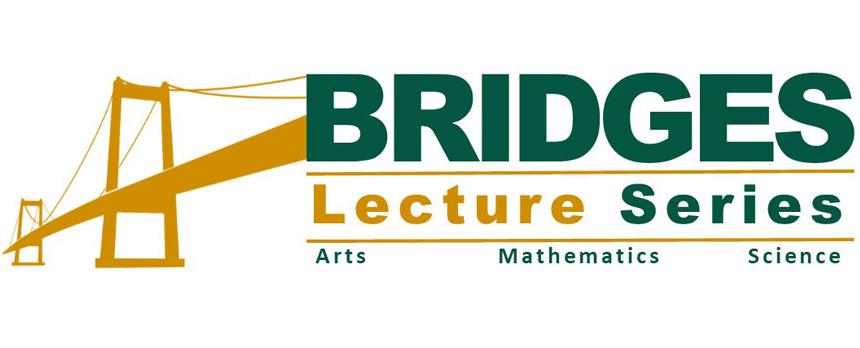
Events

Mathematics, Music, and Visual Art
March 11, 2016
Our talks will explore some of the many connections between mathematics, music, and visual arts, using as a springboard our collaborative work-in-progress with the Kitchener-Waterloo symphony, to be premiered in April 2016. Dmitri will begin by describing the deep similarities between the languages of music and geometry, showing how elementary musical terms like “chord” and “voice leading” correspond to geometrical concepts like “vectors in an orbifold.” This correspondence in turn allows us to appreciate the hidden logic of particular pieces, the development of styles, and entire genres. Nathan will continue by showing how mathematical ideas can underwrite visually and conceptually striking visual art. The speakers will then join forces to describe some of the challenges and opportunities of using these ideas in creating a multimedia performance.
The Harmonograph
February 26, 2016
A harmonograph is a drawing machine powered by pendulums. It was first invented in the 1840s – the heyday of the industrial revolution, who sensibilities are now celebrated by the “Steampunk” movement.
In this presentation, artist Anita Chowdry will recount her fascinating journey into this era, culminating in her creation of a two-meter high harmonograph crafted from brass and steel: “The Iron Genie”. Then, using computer simulations, mathematical physicist John Baez will explore the underlying mathematics of the harmonograph, taking us on a trip into the fourth dimension and beyond. As time passes, the motion of the harmonograph traces out a curve in a multi-dimensional space. The picture it draws is just the two-dimensional “shadow” of this curve.
This presentation will be enhanced by the creative output of a four-day workshop with University of Waterloo students at the department of Fine Arts, led by Anita Chowdry.
Thinking Machines
November 27, 2015
In the nineteenth century, mathematician Charles Babbage designed a programmable calculating machine that could execute algorithms with an accuracy and speed surpassing human abilities. Though Babbage’s mechanical computer remained unbuilt during his lifetime, his interest in developing machine intelligence anticipated twenty-first-century concerns about the promises, limitations, uses, and misuses of machine-generated data. This lecture will consider how our conceptions of thinking machines have evolved over the past 200 years and what issues may arise in the future. What does it mean to imagine machines “thinking”? What avenues are made available to us by the power of machine mathematics? And in what ways do calculating machines challenge our sense that human cognition is an exceptional phenomenon?
Deep Surfaces
October 16, 2015
Central to the delivery of architecture is the digital representation and analysis of surfaces. Digital designers seek to imbue otherwise pure geometry with real world significance to develop a model that "survives" the transition from design intent to constructed object. During this transition, fundamental properties of differential geometry and topology interact with more real world considerations such as materiality, constructability, and cost. This lecture explores how recent developments in computation design enable the analysis and design of highly articulated, discrete surfaces, and how these new forms are realized using novel digital fabrication methods. Through a series of examples, we conclude that the surfaces that underlie much of the current design process are becoming increasingly enriched with information to facilitate their transition to built objects.